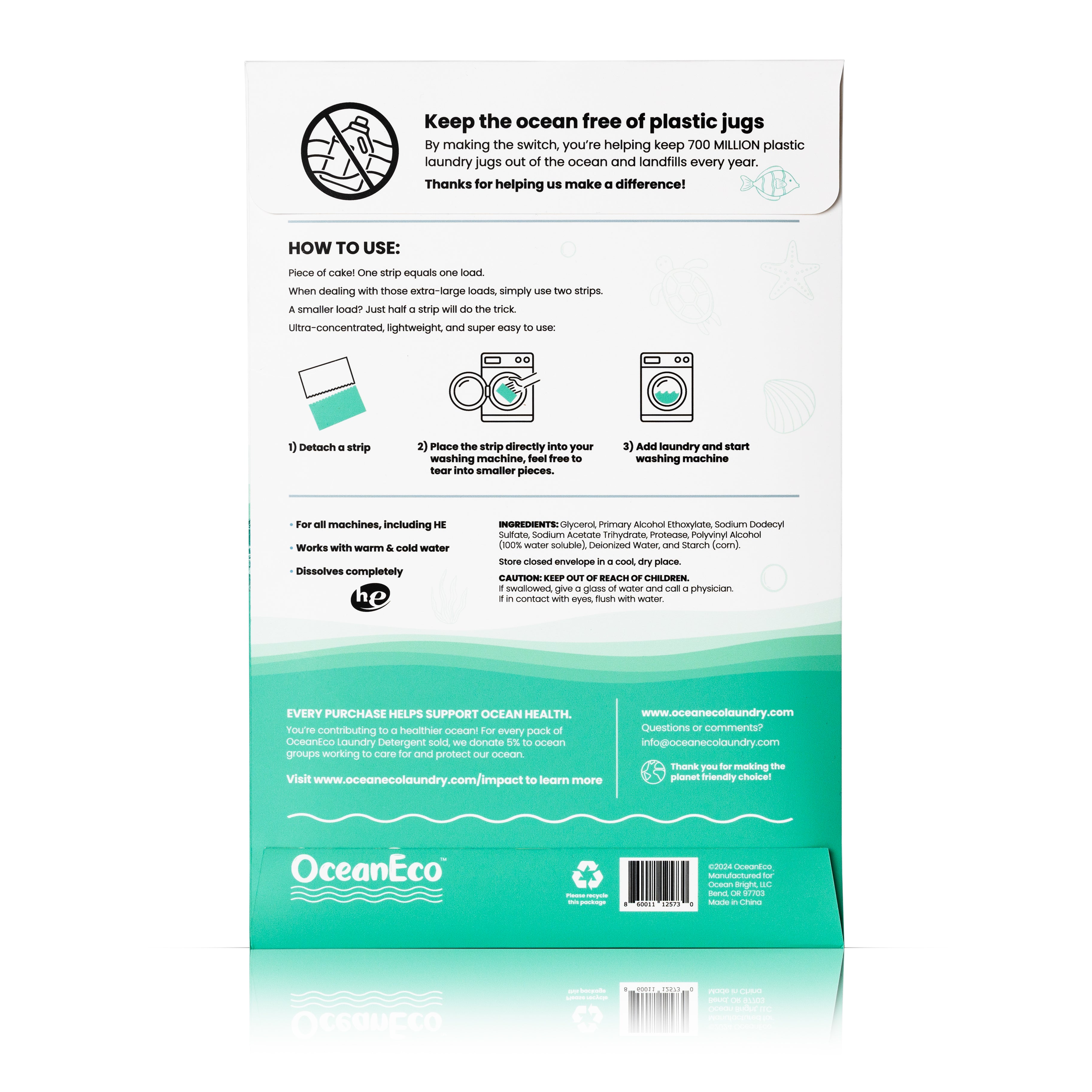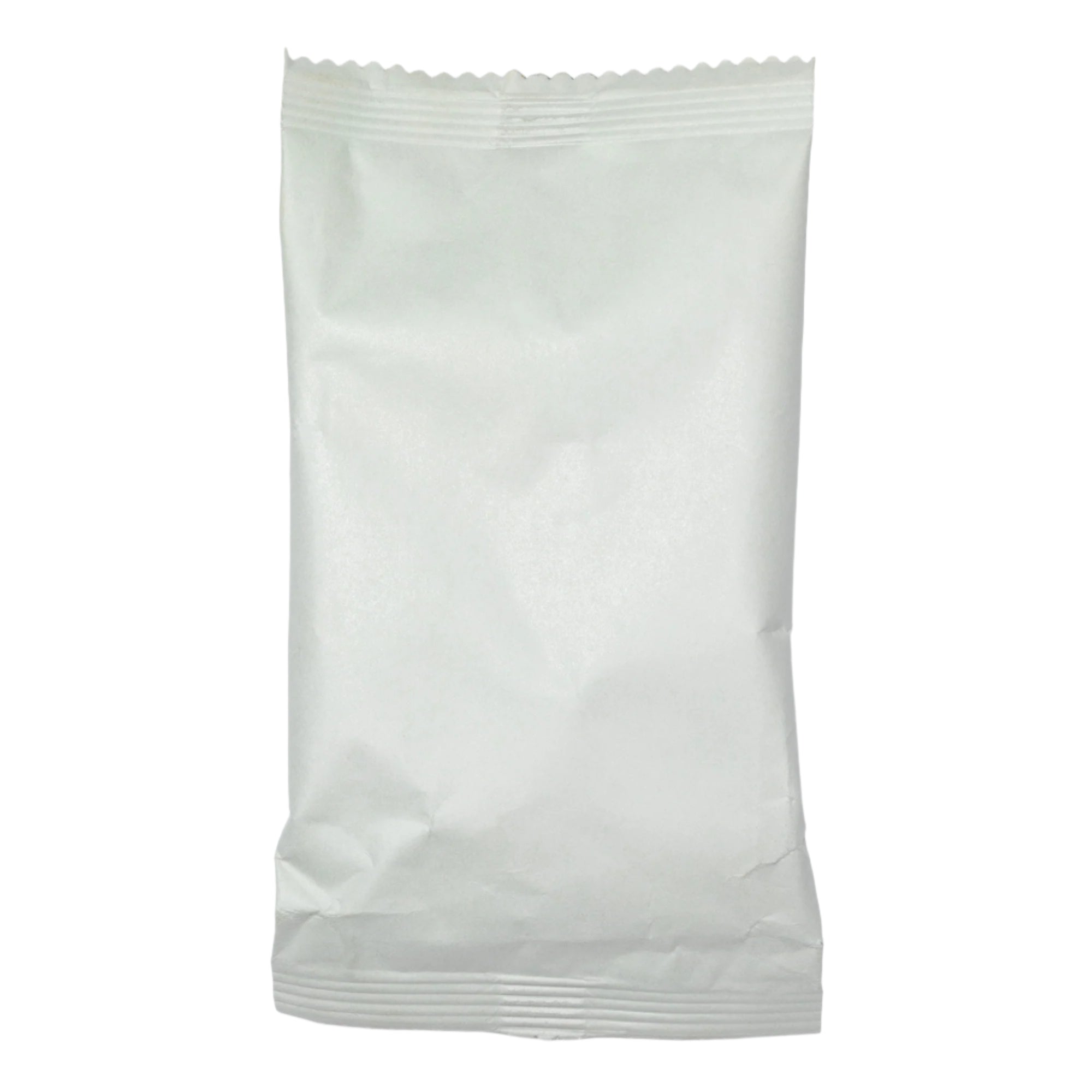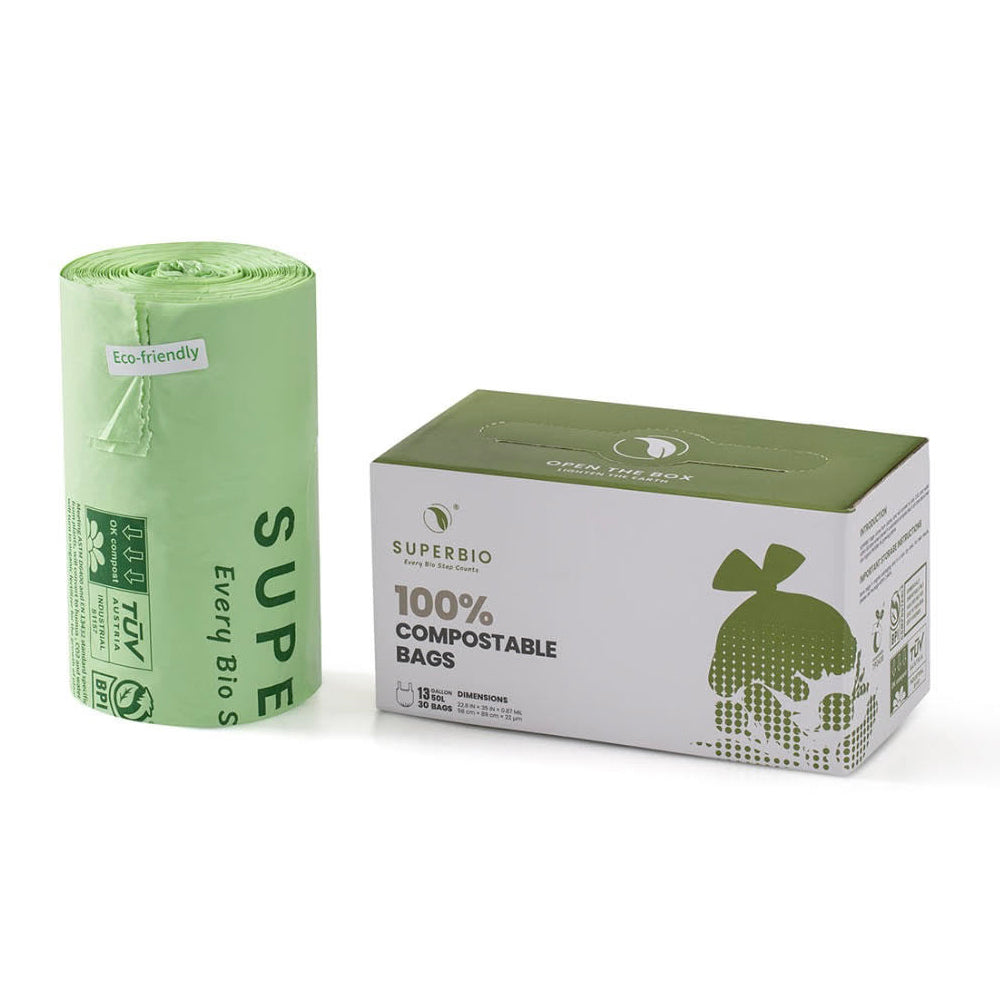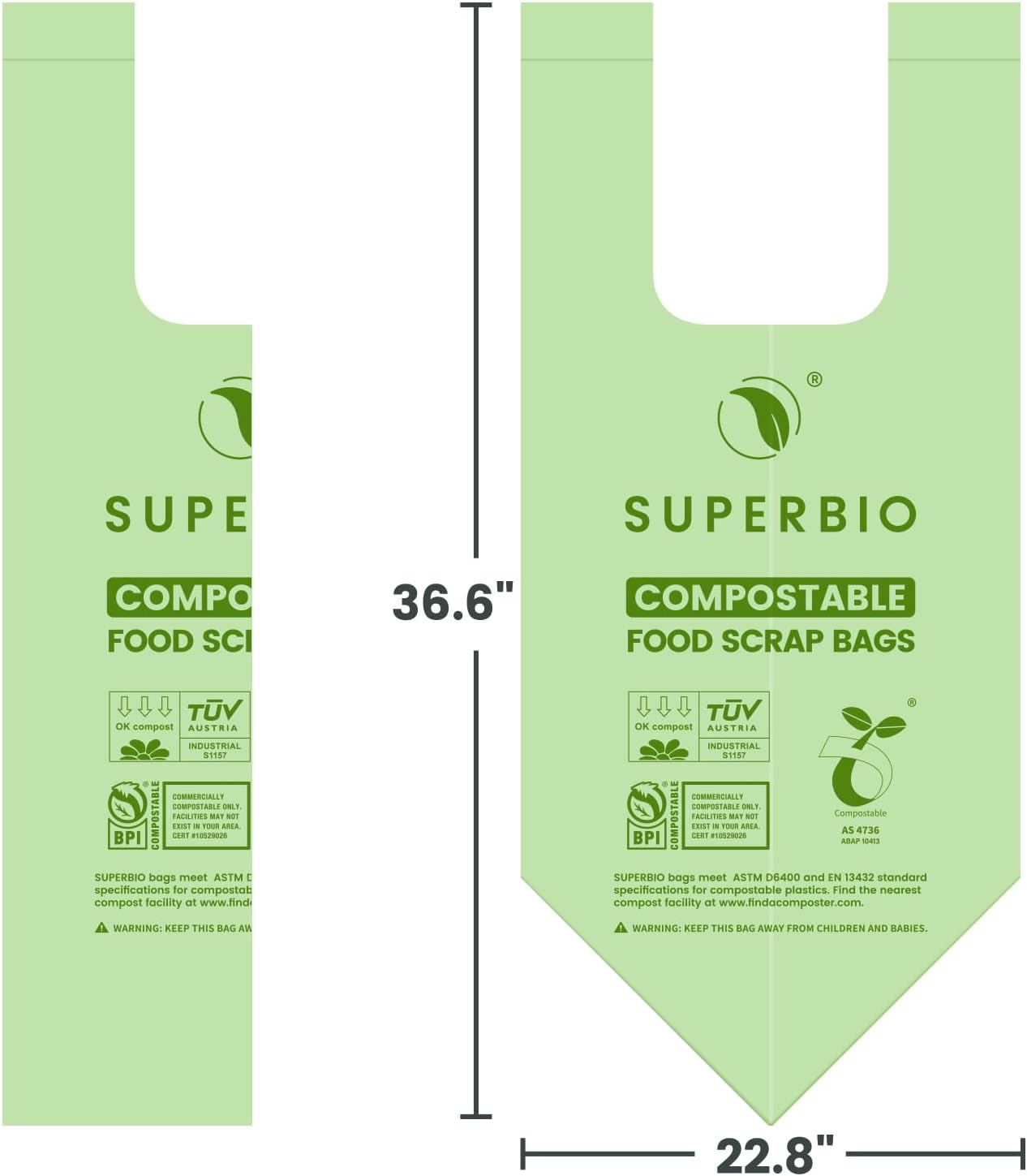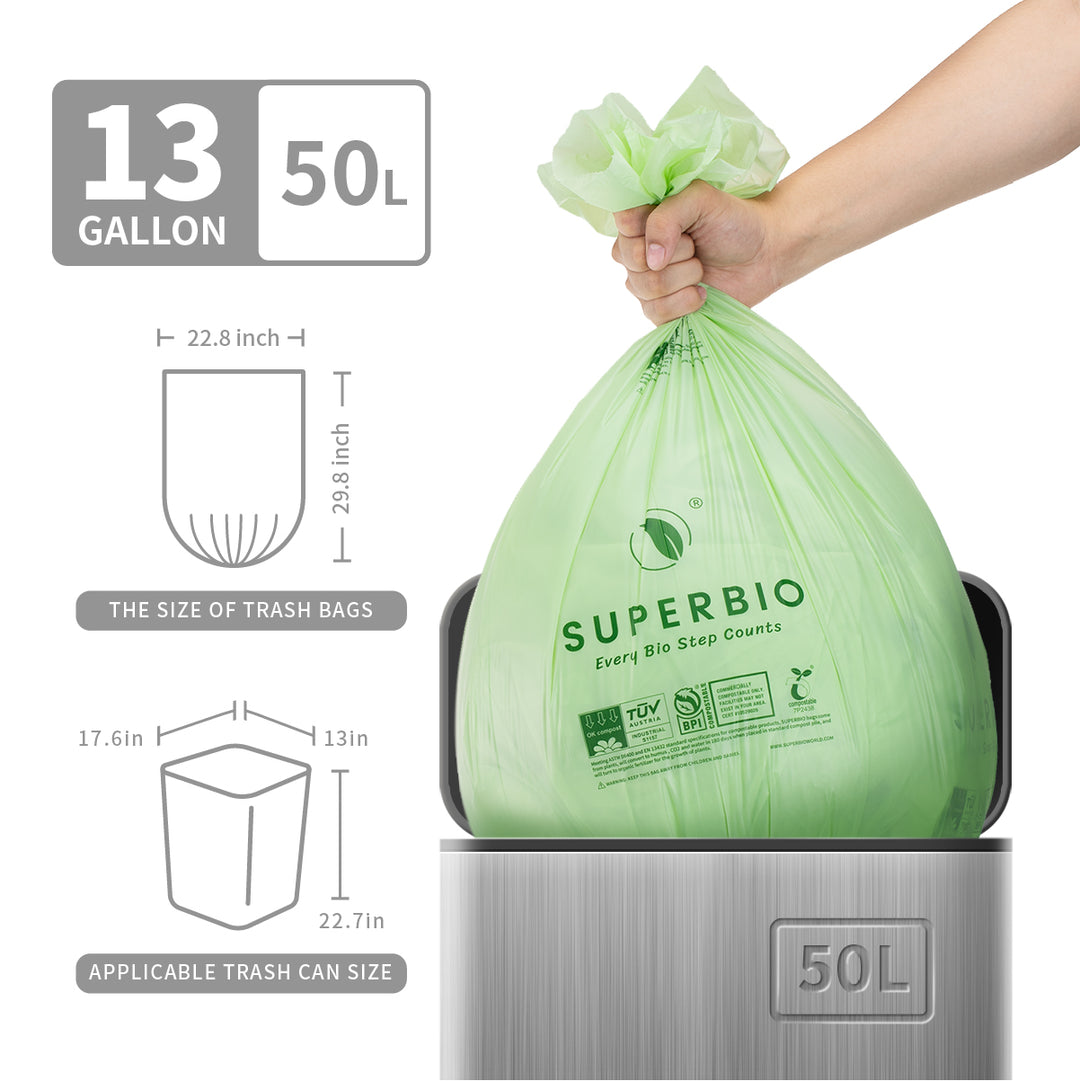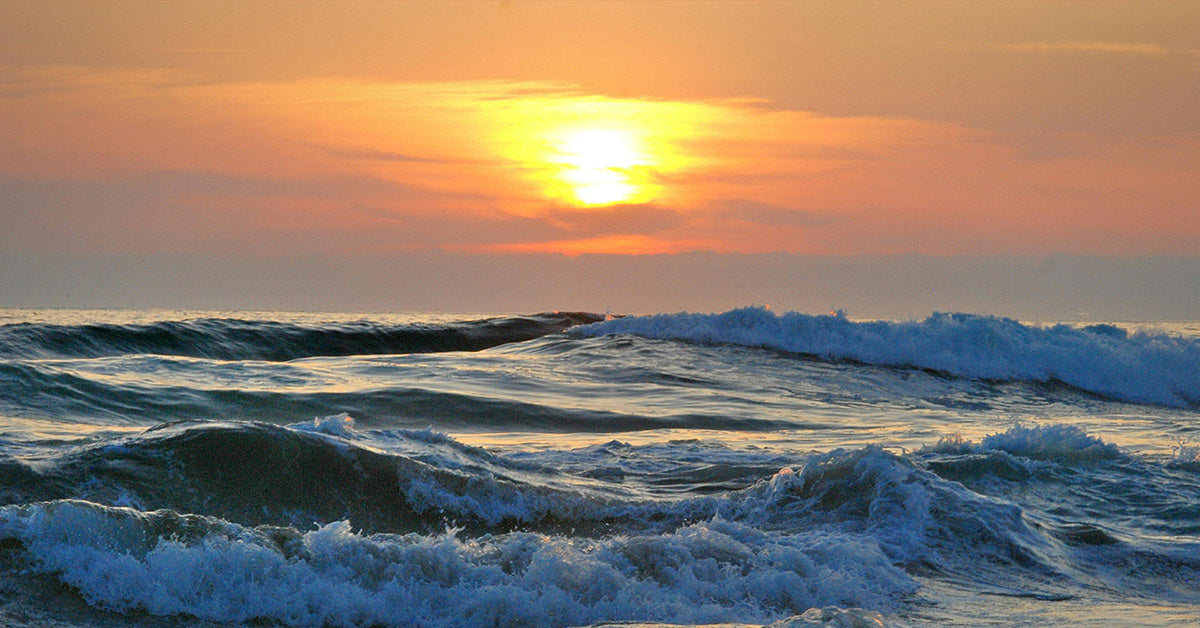Kīlauea Eruption Sparks Ocean Bloom Visible From Space
In May 2018, Kīlauea volcano erupted on Hawai‘i’s Big Island, sending rivers of molten lava across neighborhoods and into the Pacific Ocean. While the destruction on land was swift and catastrophic, a quieter transformation was taking place offshore—an enormous bloom of microscopic life driven by the heat and chemistry of the eruption.
Within weeks, a swirling plume of phytoplankton appeared in the normally barren waters surrounding Hawai‘i, stretching over 100 miles and clearly visible from space. The catalyst wasn’t the lava’s chemical composition, but its power to disrupt the ocean’s deep layers and bring sun-starved nutrients to the surface, PBS NOVA reports.

Kīlauea’s 2018 eruption released lava into the Pacific Ocean at staggering rates.
Deep Water, Drawn Upward by Fire
Molten rock entered the ocean at a rate approaching 25,000 gallons per second. This rapid injection of heat warmed cold, nutrient-rich water more than 1,000 feet below the surface, causing it to rise. The phenomenon, known as upwelling, is rare in the North Pacific Subtropical Gyre because warm surface waters typically prevent mixing. But in this case, the eruption overwhelmed the natural stratification and pulled deepwater nitrate into the sunlit zone, Science. reports.
Researchers sampling the waters found nitrate levels hundreds of times higher than usual. As Science reports, these nitrates didn’t match those from sewage runoff or volcanic emissions. Instead, isotopic analysis linked them to deep ocean sources, confirming that the lava had initiated a rare and powerful nutrient surge.

The lava superheated deep water, causing it to rise toward the surface.
Phytoplankton Take Over
The nitrate-rich surface water triggered a bloom dominated by Skeletonema, a chain-forming diatom known to thrive in nutrient-heavy coastal zones. Biological productivity increased nearly fivefold within the lava-impacted region, and total carbon biomass doubled or tripled compared to surrounding waters, Science reports. Satellite data and underwater sensors confirmed this massive burst of life, tracking chlorophyll spikes and particle-rich waters extending outward from the eruption site.
The Sky Joins In
A second bloom formed far from Hawai‘i, more than 1,200 miles to the west. This one was driven not by lava, but by ash. When Kīlauea erupted, it hurled fine volcanic ash nearly five miles into the atmosphere. Prevailing winds carried the ash far across the Pacific, where it eventually settled into nutrient-depleted ocean waters. The ash’s arrival coincided with a striking bloom of phytoplankton near the dateline, BBC Wildlife reports.
The ash delivered a valuable payload—iron, an essential nutrient that’s often lacking in open-ocean ecosystems. With iron and other trace elements suddenly available, phytoplankton populations soared in a region where such growth is rarely seen. The link between the ashfall and the bloom was further confirmed through satellite data that showed both deposition and chlorophyll-rich waters in the same area, according to SOEST, University of Hawai‘i.

The bloom near Hawai‘i stretched over 100 miles and was visible from space.
A Natural Carbon Sink
Phytoplankton are more than marine food—they are part of Earth’s carbon pump. Through photosynthesis, they absorb carbon dioxide from the atmosphere. When they die, much of that carbon sinks with them to the ocean floor. According to Phys.org, the 2018 blooms—both nearshore and remote—likely drew down significant amounts of carbon, offsetting part of the eruption’s emissions.
This form of marine carbon sequestration is a natural counterpart to the carbon output of volcanic activity. The scale of the phytoplankton response to Kīlauea suggests that volcanic eruptions may influence climate dynamics in more complex ways than previously understood, BBC Wildlife reports.

The dominant phytoplankton were Skeletonema, a fast-growing chain-forming diatom.
Lessons from an Eruption
Kīlauea’s eruption in 2018 illustrated how Earth’s most destructive forces can spark vibrant biological responses. While the molten lava triggered nutrient upwelling and coastal blooms, the airborne ash nourished phytoplankton across vast oceanic distances. Both effects were temporary, but their ecological impact may last longer.
These blooms likely enhanced food availability for zooplankton and fish, altered microbial communities, and provided scientists with new insights into the delicate feedback loops between land, sea, and atmosphere. With continued advancements in ocean monitoring and satellite imaging, future eruptions may offer even more data on how life responds to geological extremes, PBS NOVA reports,
What began as a fiery disaster ultimately became a rare window into the resilience—and adaptability—of ocean ecosystems.
























































































































































































































